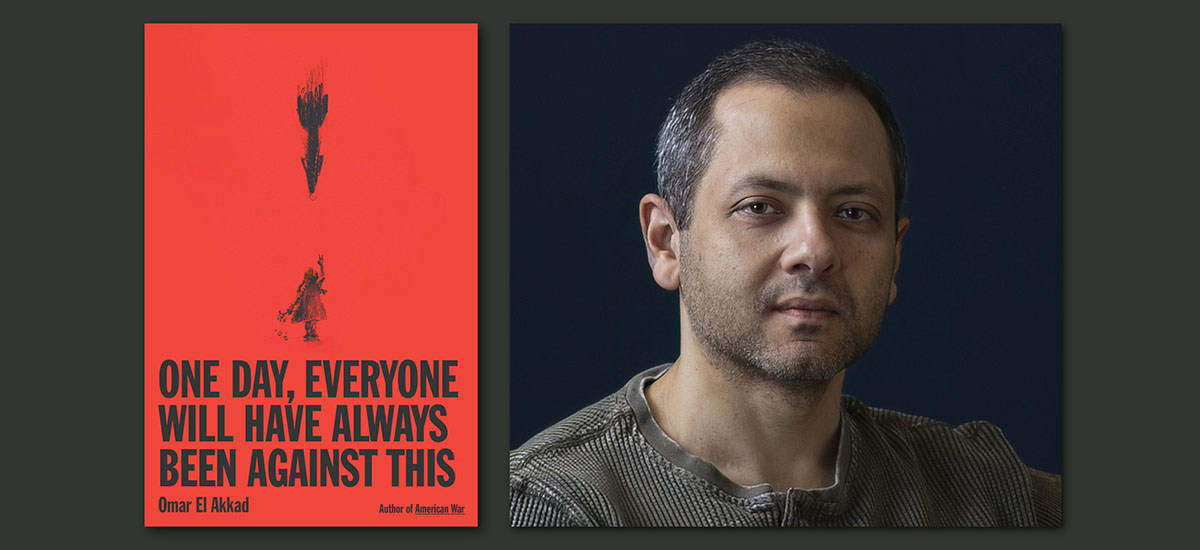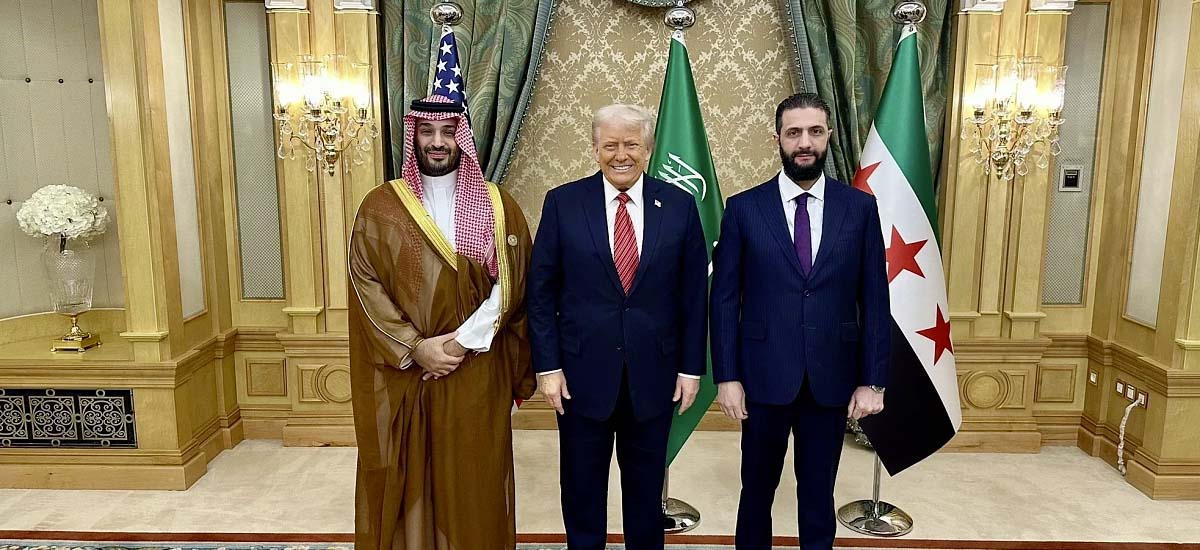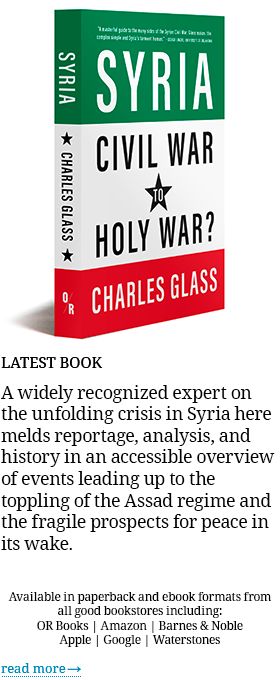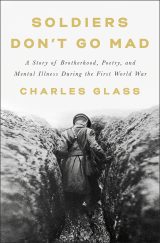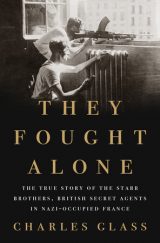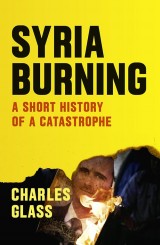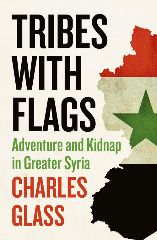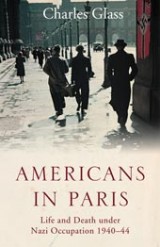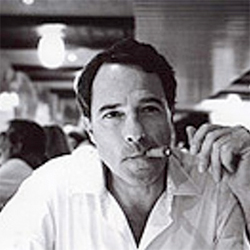To Resist Injustice in Gaza and the Wider World
LA Progressive | 24th July 2025
Too many seek refuge in propaganda that what is being done to Palestinians is necessary. Egyptian-born Omar El Akkad had studied in the United States and been 10 years a journalist when, in the summer of 2021, he became an American citizen. Covering the War on Terror in Afghanistan and at the U.S. detention center in Guantanamo Bay exposed him to the “deep ugly cracks in the bedrock of this thing they called “the free world.” Yet he believed the cracks could be repaired – “Until the fall of 2023. Until the slaughter.” The slaughter was Israel’s razing of Gaza following Hamas’s rampage into Israel on October 7, 2023. The Israeli assault escalated to include massive bombardment, enforced hunger, destruction of hospitals and schools, bulldozing of dwellings deprivation of medical care, torture and the slaughter of tens of thousands of men, women and children. The onslaught caused Akkad to despair…
Read more →In the “New Syria,” violence and high hopes
CSI
Since I left Syria last January, Alawi and Christian friends have sent me almost daily messages about killings, beatings, house break-ins, threats and intimidation. When the dictator was overthrown, Syrians hailed the new leader with such fervor that they lifted…
Liberation Daze
Harper's Magazine
Hope, fear, and uncertainty in postwar Syria When I first visited Syria, on Easter Sunday 1973, Christian families were attending Mass and calling on one another with presents of sugar-coated almonds. To this twenty-two-year-old graduate student hitchhiking to Aqaba from…
Syria’s New Rulers Get a Makeover
The Nation
The country’s new leader, Ahmed al-Shara, has donned a suit, trimmed his beard, and dropped his nom de guerre. But Syrians are still afraid. The messages started appearing on my phone as soon as I left Syria in mid-January. At…

